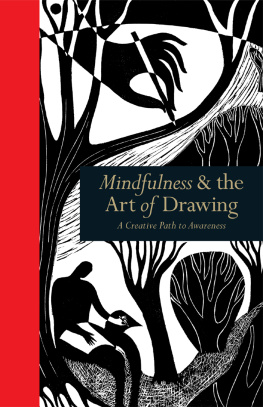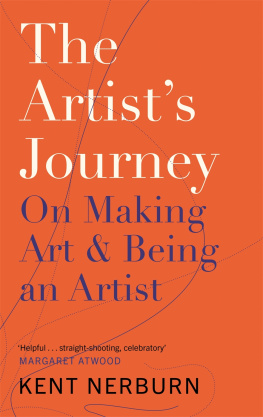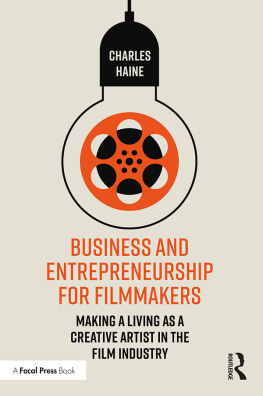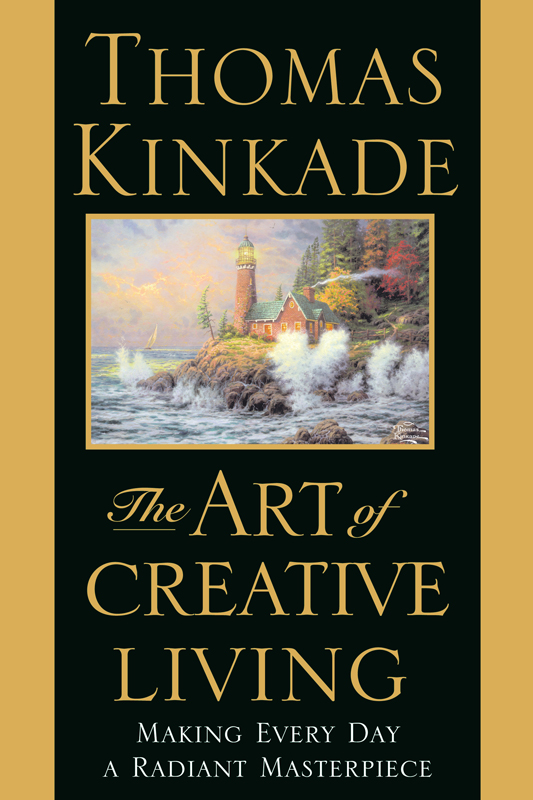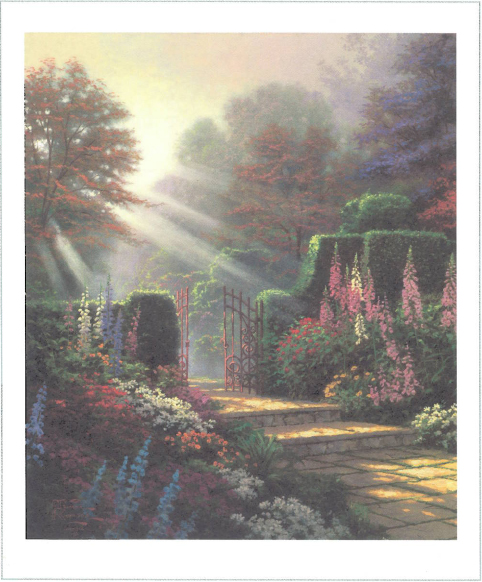
GARDEN OF GRACE
Copyright 2005 Thomas Kinkade, The Thomas Kinkade Company, Morgan Hill, CA
Featured artwork by Thomas Kinkade 2005 Thomas Kinkade,
The Thomas Kinkade Company, Morgan Hill, CA
All rights reserved. No part of this book may be reproduced in any form or by any electronic or mechanical means, including information storage and retrieval systems, without permission in writing from the publisher, except by a reviewer who may quote brief passages in a review.
Scriptures noted RSV are taken from the REVISED STANDARD VERSION of the Bible. Copyright 1949, 1952, 1971, 1973 by the Division of Christian Education of the National Council of the Churches of Christ in the U.S.A. Used by permission.
Scriptures noted NKJV are taken from THE NEW KING JAMES VERSION. Copyright 1979, 1980, 1982, Thomas Nelson, Inc., Publishers.
How Great Thou Art copyright 1953 S.K. Hine. Assigned to Manna Music, Inc., 35255 Brooten Road, Pacific City, OR 97135. Renewed 1981 by Manna Music, Inc. All rights reserved. Used by permission. (ASCAP)
Warner Faith
Hachette Book Group
237 Park Avenue, New York, NY 10017
Visit our website at www.HachetteBookGroup.com.
The Warner Faith name and logo are registered trademarks of the Hachette Book Group.
First eBook Edition: June 2009
ISBN: 978-0-446-56121-1
Dedicated to the memory of Charlie Bell,
a man who lived a creative life

A lthough the spark of creativity lies in each one of us, turning that creativity into a tangible, artistic productwhether its a painting or a booktakes a special kind of synergy.
In the case of The Art of Creative Living, the synergy started with a happy reunion of three friends: Rolf Zettersten, Warner Books, and me. Rolf, who is publisher of Warner Faith, has been a good friend for more than fifteen years. During that time, we have developed not only a close personal bond but also a deep respect for one another professionally. A few years back, it was Rolf who introduced me to Warner Books, which published one of my first inspirational books for the general public. Then, two years ago, Rolf invited me to join Warner again for a new venture that he was spearheading, and The Art of Creative Living was born. To nurture the project through to completion, Rolf tapped a talented editor, Steve Wilburn.
I realized right from the start that in order to capture on paper the concepts and stories that were floating around in my head, I needed help. I am an artist, and if I am to fulfill my personal creative vision, its imperative for me to stick to my day jobfocused solely on the latest painting Im working on in my studio. Fortunately, Warner introduced me to a new friend, Pam Proctor, a writer whose inspirational touch enlivened and expanded my own vision in The Art of Creative Living.
But the synergy didnt stop there. Behind the scenes, there were dozens of creative people striving to help me produce a superior work. First and foremost among them was my personal assistant, Denise Sanders, who is manager of Thomas Kinkade Studios IvyGate. As the book was coming to fruition, Denise saw to it that I stayed happily on task, juggling my paintings, business deals, and this book.
Finally, no Thomas Kinkade project could be accomplished without the support of my most important editor and adviser, my wife, Nanette. Her constancy has given me the ultimate freedom to create without restraint. She has always understood the true secret to creativity: that in order to experience The Art of Creative Living to the fullest, each one of us needs affirmation and love.
Remember not the former things,
nor consider the things of old.
Behold, I am doing a new thing;
now it springs forth, do you not perceive it?
Isaiah 43:18-19RSV
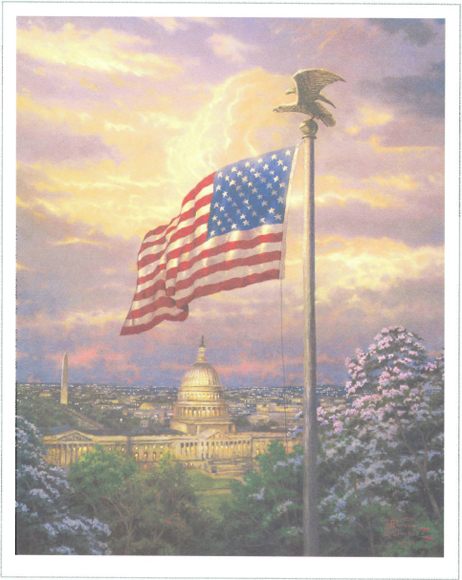
AMERICAS PRIDE
A God of New Beginnings

D o you ever wonder how an artist does what he does? Do you ask yourself how he can take a blank canvas, and with just a few humble toolsa brush and some paintinfuse it with such life that when we see it, our faces brighten and a smile of recognition crosses our lips?
On the canvas touched by a gifted artists hand, we see something familiarsomething we remember in Grandmas house, on a vacation in the mountains, or during that business trip to a city on the East Coast. We see images of sunflowers dancing in a field... of cable cars straining up a hillside... of a man fishing in the Tetons... or of a Victorian house set amid a garden of roses.
It seems almost miraculous. How did the artist achieve such effects? How was he able to go from nothingness to a visual image so magnificent it takes our breath away? How was he able to create?
Of course, I could tell you the practical steps: how the artist sketches in the layout, masses in the forms, and adds bold blocks of color to create depth, shadow, and light. I could describe how he fine- tunes the image with small payoff details that turn a rounded form into a eucalyptus tree, or an oblong into a foreground bush, or a triangular shape into a distant mountain.
But that information would give you only part of the story. It wouldnt tell you what you really want to know, what you need to know: namely, that before even picking up his brush or putting the first dabs of color on the canvas, the artist first has to believe.
He has to believe that he can create. Even if his child is sick, his telephone bill is due, his wife is stressed out, or his dishwasher leaks, he has to know that he has the power within him to produce something wonderful. When he awakens each morning, he has to believe that although he might not be able to solve all his problems at once, he has the innate strength to deal alone with that blank canvas. He has to feel deep assurance that for an hour, a morning, or a day, he can create a world of beauty and hope and love, a world that reflects the vision that has been placed within his heart.
So the art of creation is an act of faith. Its a belief that we can take nothing more than a lump of clay or a chunk of stone and shape it into something magnificent. Its an understanding that within us, we have the power to take the crude, humble circumstances of our lives and ennoble them through creativity.
But this potential is not limited to the fine artist or the pro who makes a living from his creativity. Each of us possesses the creative spark, the innate ability to take whatever life bestowspain or fear, courage or joy, heartbreak or disappointmentand transform it into a masterpiece. Every day is a blank canvas, waiting to be filled by your creative touch.
But Im not creative! you might protest. I just dont have it in me.
But youre wrong. The creative impulse is fundamental to human nature, a basic instinct as powerful as our primeval drive to survive or reproduce. More often than not, though, we have buried it under the burdens of our lives. We have consumed ourselves with busywork, anxieties, and priorities of the moment, rather than with the calling of the eternalthe calling of God.







